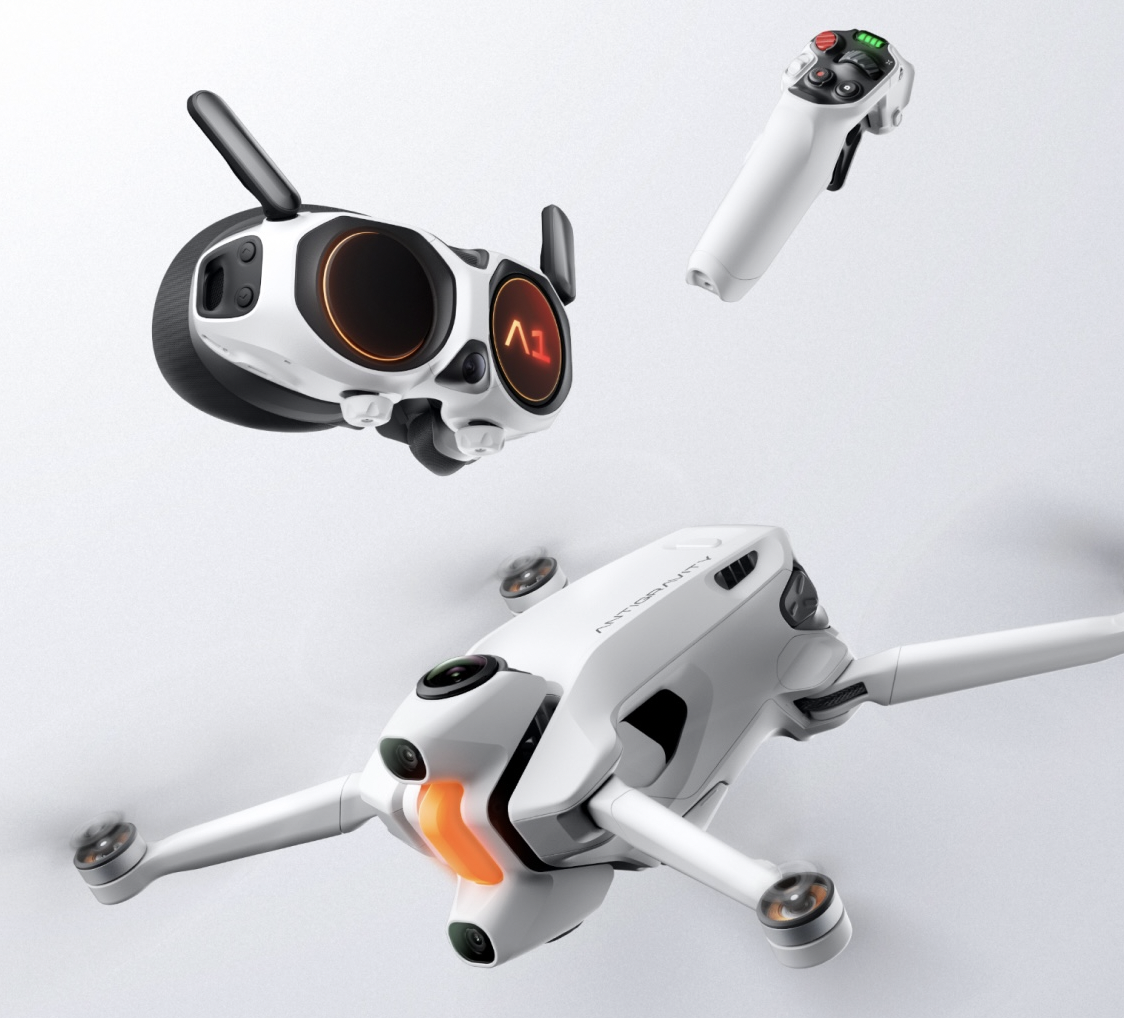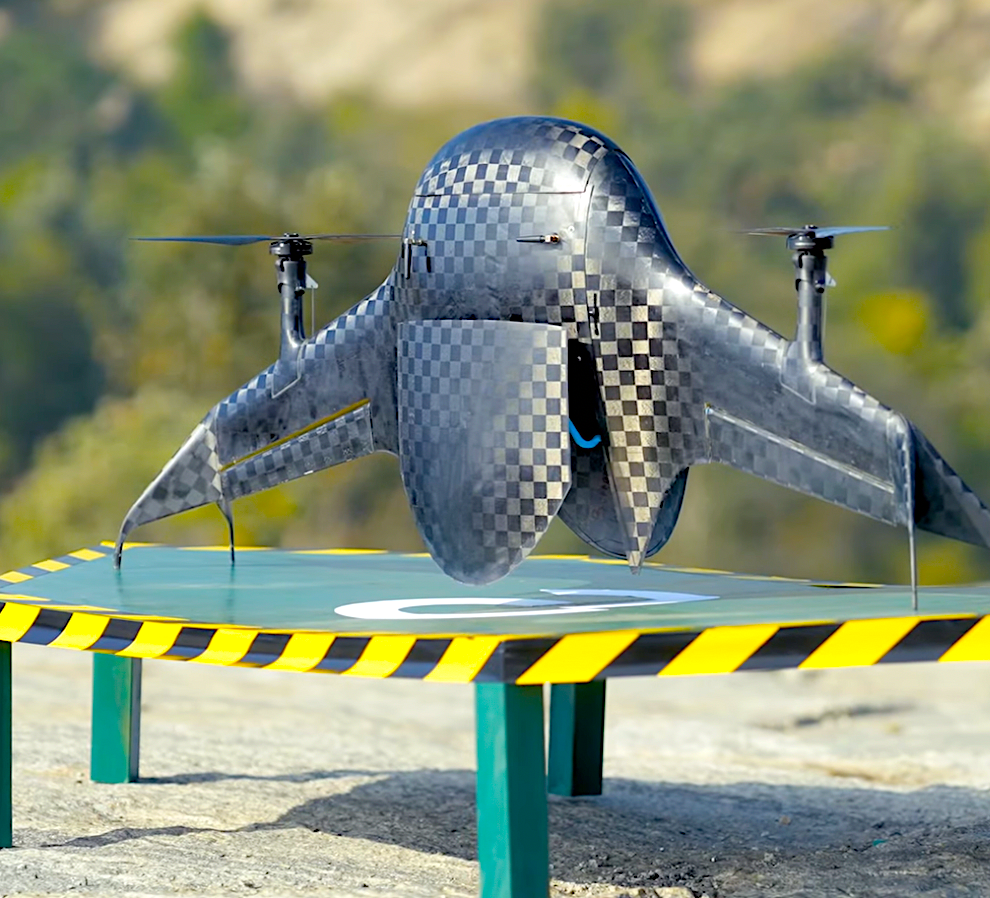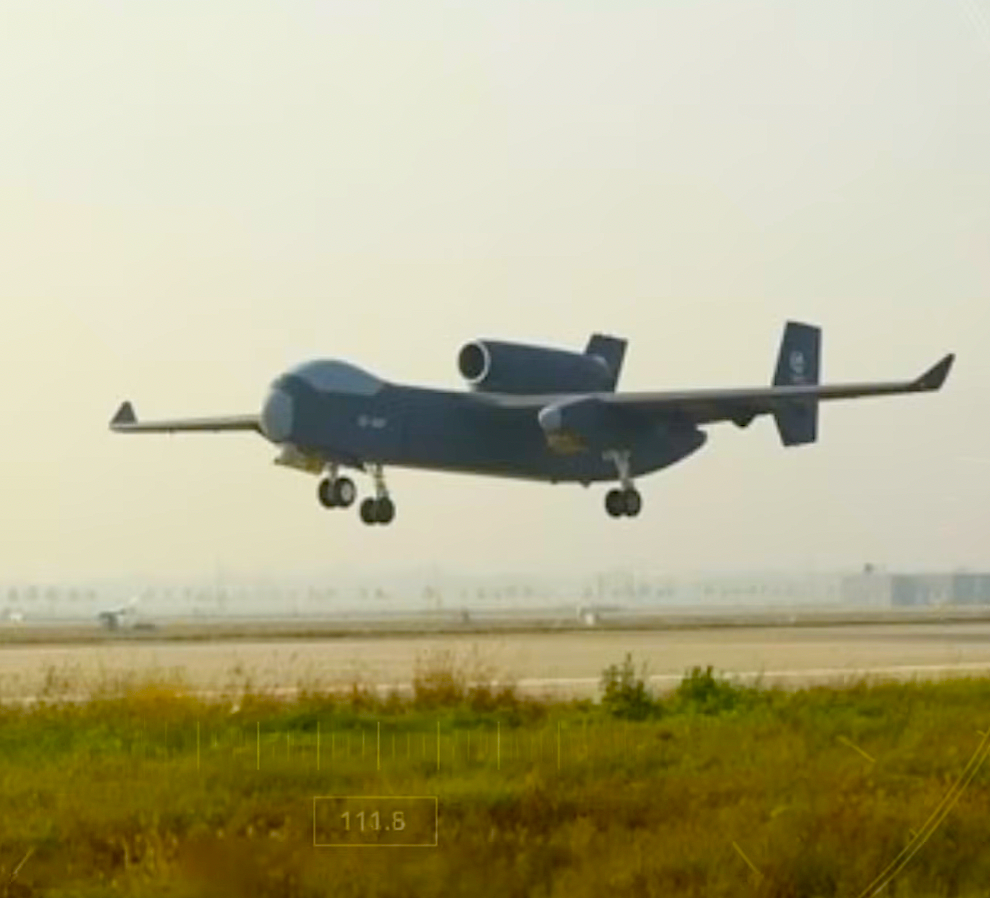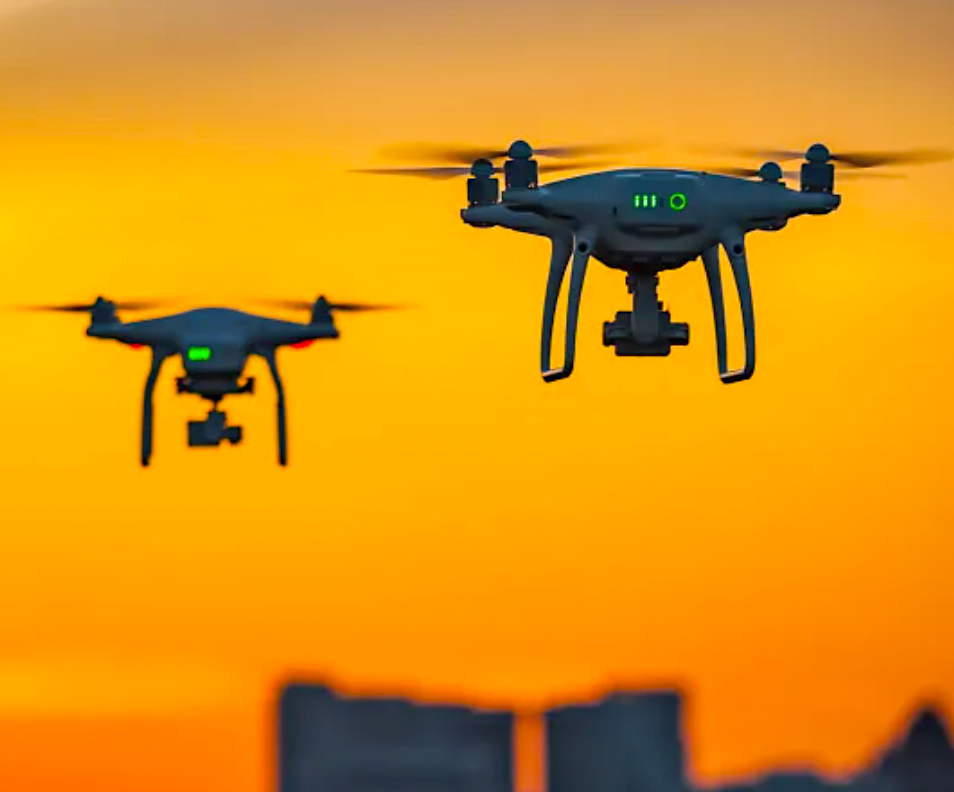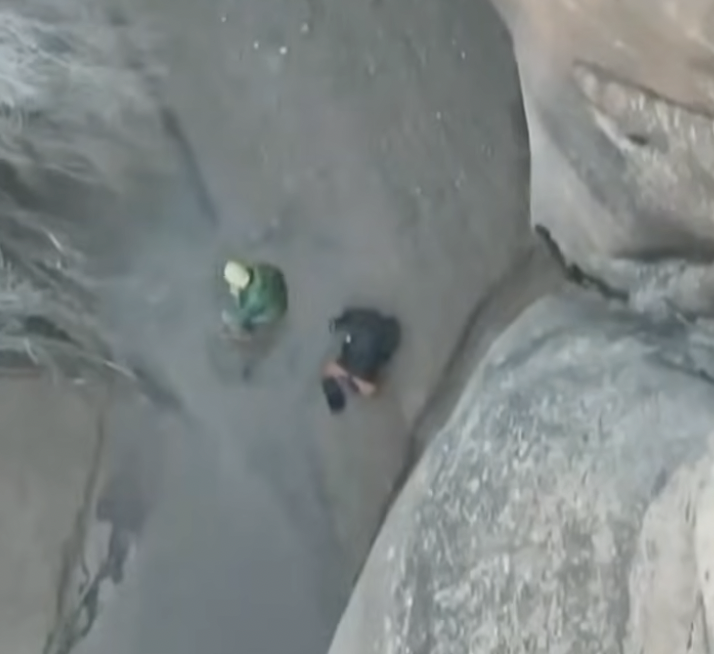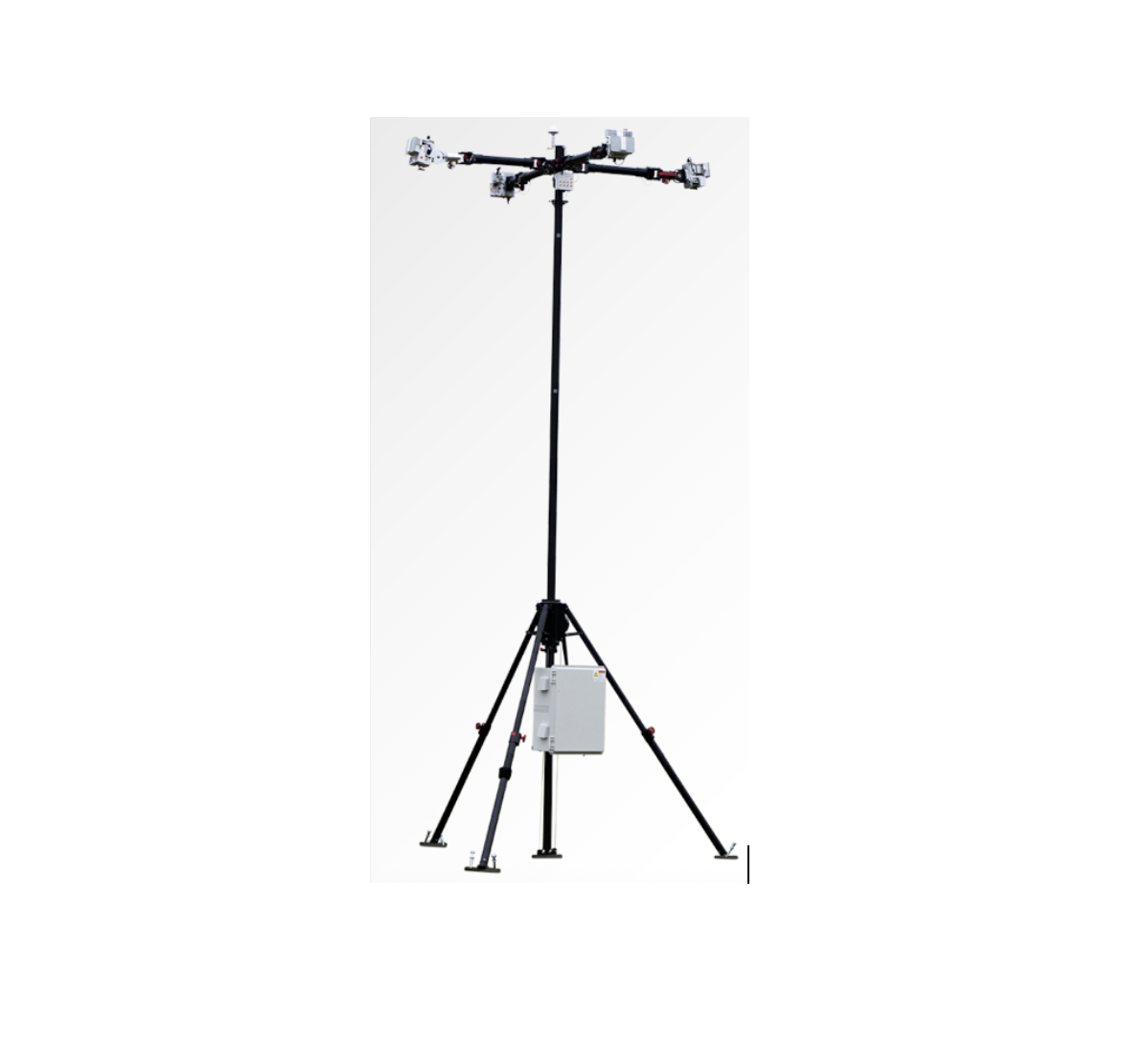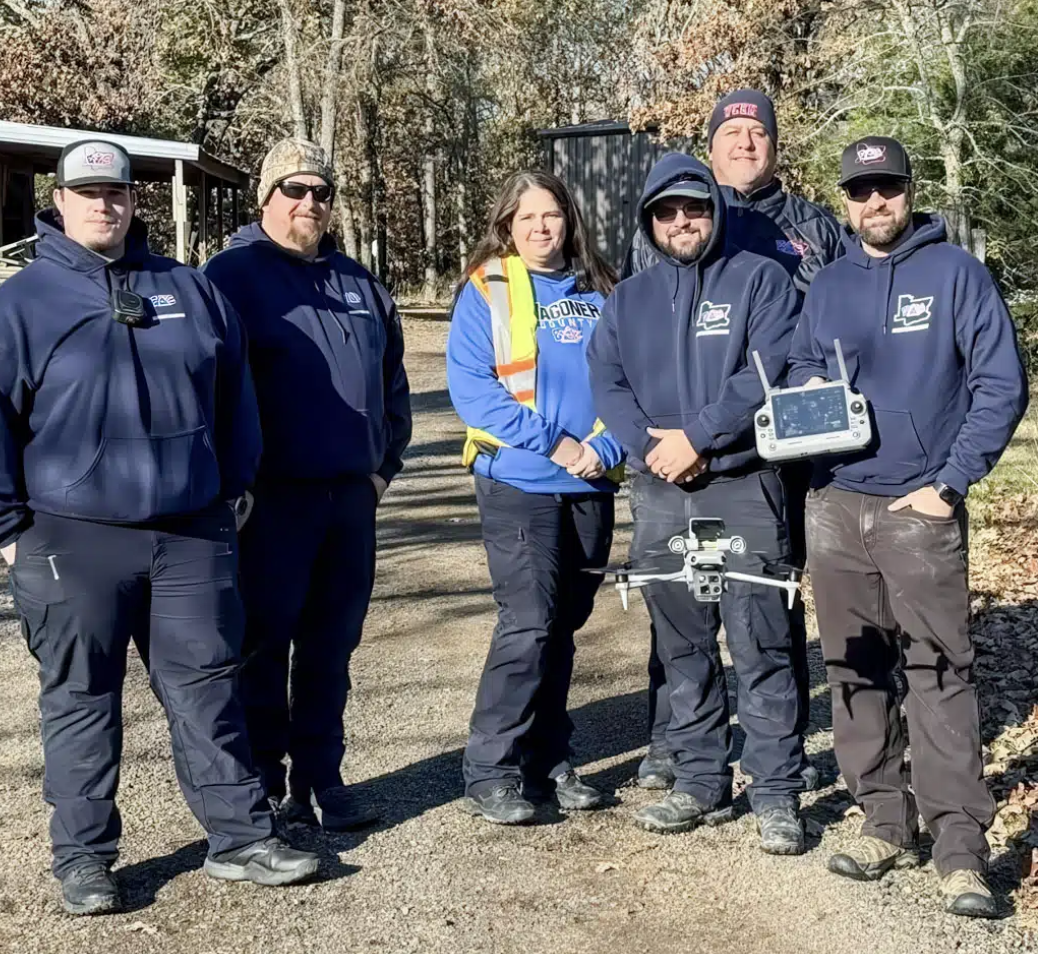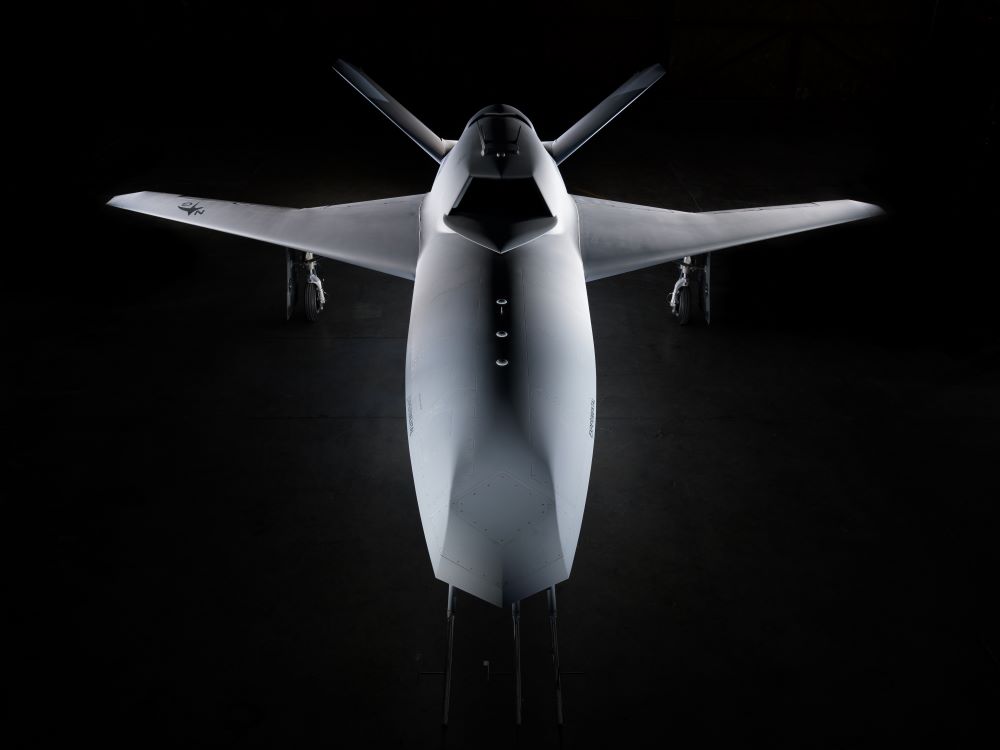Featured NewsTrending NewsMy Thoughts on Chinese Drone Bans

29 January 2024
By Greg Reverdiau, Co-Founder/Lead Instructor, Pilot Institute
How do you start an opinion piece on a topic that is divisive, politically charged, and driven strongly by lobby-backed organizations that don’t use the technology daily?
You’re either labeled a pro-China communist sympathizer, unwilling to see a looming security threat, or you’re an anti-China shill who’s overdramatizing the capabilities of drones and their threat on society.
Or so it seems...
In a sense, this is very reflective of the current political landscape in an election year. The good news is, middle-of-the-aisle thinking is actually possible.
Believe it or not, you can be appreciative of Chinese drones, what they are capable of, and what they have done for the industry to date. At the same time, you can be supportive of a strong U.S.-based UAS manufacturing industry. Those two aren’t mutually exclusive. You can also be supportive of allowing users access to the best technology available.
Competition is Important
I’ll say it out loud, and I’ll say it again for everyone in the back: without DJI, this industry wouldn’t be where it is today. The advancement in UAS tech we have in our hands today has been driven en masse by DJI’s R&D team.
Competition is good for all of us, it pushes innovation.
In the early days, DJI had competition in the consumer drone market. Today, not so much. Many manufacturers gave up. Either entirely or partially. Skydio left the consumer market last year. Parrot has been quiet since the Anafi AI. Even Autel—another Chinese player—hasn’t released a consumer drone since the Nano/Lite.
Has DJI taken competitors out of the equation with strong backing from the Chinese government? More than likely. So did Airbus when they started competing against then-giant Boeing in the '70s—with backing, in part, from the French, British, and German governments. In the next 50 years, the fight yielded amazing aerospace development and technological advancement from single-aisle airframes all the way to jumbo jets.
And, yes, both Airbus and Boeing are closely tied to the military in their respective regions. And, yes, sometimes they even compete in the other country’s military bids. Remember when Boeing lost the $40 billion Air Force tanker contract to Airbus/Northrop Grumman in late 2000s? Well, they lost it initially. Then, the U.S. Government Accountability Office got involved and decided it wasn’t acceptable.
But Greg, Europe is a friend. China is not. They’re a threat.
The Threat
From time to time, you hear the suit-and-tie crowd spew doom-and-gloom scenarios, as seen in your favorite Hollywood movie. The same people who have never seen a drone up close in their DC office, let alone fly one. And, sadly, they also claim to represent the industry by whispering sweet nothings to lawmakers. But I digress.
“All your drone data is sent to the Chinese Communist Party.”
“China can declare war against the US tomorrow and brick all the DJI drones in the country.”
“DJI will take over drones and turn them into weapons.”
“DJI drones can read heart rate data."
Now, keep in mind, DJI has a Government Edition Mode that allows the drone and ecosystem to work entirely offline. Updates are done via file upload from an SD card.
DroneSense, a Texas-based company, also provides a solution that replaces the DJI app entirely, and with servers located in the United States.
I’m not sure how you brick a drone without a firmware update. Sure, DJI could turn on a geofence across the entire country. But hobbyists have been getting around DJI geofencing for years. I have no doubt this industry would find a fix in a timely manner should DJI decide to tank their billion-dollar business for all of eternity by geofencing the entire country.
And as far as the "Skynet" suggestion that DJI will take over your drone and turn it against you—well, let’s just say that it’s a bit far-fetched. My drone would need to be up in the air to begin with. And DJI is good, but as far as I know, they haven’t equipped the Mavic 3 with a hidden explosive payload. They also haven’t invented a method to put a battery in my drone, take it out of the bag, power it on, and then get it in the air.
That’s of course, if they could force it to do anything after that. I fly all my DJI drones with an RC controller—which is never connected to any network when I’m flying. It doesn’t have a SIM card, and neither do my drones. I don’t even have the DJI app installed on my phone, because I use the smart controller 100 percent of the time. And I’m not alone.
So, explain to me how someone will send a signal to my drone to become a kamikaze 400g war-machine.
The same folks who are fearmongering have also realized that banning DJI tomorrow is unpopular. When a non-for-profit-for-profit (not a typo) organization relies on membership, they adjust their agenda to propose a long-term ban. It’s more palatable. My question is: if DJI is a threat to the U.S. tomorrow, why are some pushing for a ban in three to four years? Something doesn’t add up.
A Standard Anyone Can Meet
I’ve been saying this for a while now but I’ll say it again. Why can’t the industry agree to a standard that any drone manufacturer in the world can meet? A standard that meets the most restrictive cyber security requirements?
Also, why are all Chinese components bad? Is an Electronic Speed Controller (ESC) from China more dangerous than one from France? Is a motor from China worse than one from Germany? Is an infrared payload more of a threat when it’s made in China than when it’s made in the United States?
At the moment, there’s only one standard that more and more public safety agencies are forced to follow if they are using federal funding to purchase drones—the Blue UAS standard.
And as you would expect, it is stringent and difficult to qualify for. As a result, only a few select manufacturers qualify for it. And those products are designed with military users in mind—not public safety agencies. Agencies currently required to get Blue UAS, sometimes can’t find a drone that matches their needs.
Isn’t there a Green standard, too? Well, not so fast.
The “Green” AUVSI is a paid program—not a standard. AUVSI is not a standard company. The Green initiative is an attempt to create a certification for manufacturers who can’t qualify for the Blue program. The problem is, it’s not recognized by the government.
Let’s assume for a minute that you’re a new or emerging UAS manufacturer and you pay the $100,000 (starting) fee to AUVSI to become Green certified. You tentatively meet all the requirements and get the stamp of approval. You can now sell your drone to public safety agencies in Florida or Tennessee, right?
Well, sadly, no, you can’t.
The Green program is not the Blue standard. It’s not a replacement for it or an equivalency. And the State mandates agencies buy Blue.
Will the Green program ever qualify as an alternative to the Blue program. AUVSI certainly hopes so. That’s why they are spending hundreds of thousands on lobbying. In the meantime, small and emerging UAS manufacturers are out $100,000 with no guarantee they will be able to sell to agencies.
Not a great way to try to compete with DJI.
A Measured Approach?
Banning DJI tomorrow—as H.R. 2864 suggests—is obviously the wrong approach.
Taking 70-80 percent of drones out of the equation overnight will bring the industry down to its knees, putting us decades behind other countries.
Hundreds of companies that provide payloads, accessories, software for DJI drones will cease to exist.
If you don’t believe me, the next time you’re at Commercial UAV Expo, see how many companies rely entirely on DJI.
UAS resellers will close up shops. Small businesses and public safety agencies will abandon the technology. Those who spent a few thousand on their DJI drones will abandon the hobby and go drive RC cars or RC boats.
You get the picture. So what should be done then? Let DJI rule the UAS industry?
Some have proposed a four- to five-year transition period before we prohibit the use of Chinese drones. What happens when in four to fives years we’re not where we think we were going to be?
The federal government can’t even come together to sign the FAA Reauthorization Act, and they knew this was going to happen since 2018.
A measured approach sounds like a good idea, but without a clear timeline with strict milestones, we will have this discussion again in five years. I remember when the FAA extended the mandatory retirement age for airline pilots from 60 to 65 years because a pilot shortage was looming. Five years later, no steps were taken to help boost the flight-training pipeline with more candidates.
Can you guess what happened five years later? That’s right—nothing happened. “We kicked the can five years down the road,” as my former boss used to say.
R&D and Manufacturing
Do you believe that in four to five years we can get the Federal Government to agree to financial aid packages for UAS manufacturers, and then said manufacturers will ramp up R&D and production capabilities to surpass DJI?
Personally, I’m skeptical. Not because UAS manufacturers don't have the will and grit to make it happen. But because there are external powers at play.
Remember, we are not just talking about competing with and beating DJI here. We have to come up with R&D and production capabilities for all drone components—most of which are currently Chinese-made by third-party vendors. ESCs, motors, frames, propellers, payloads, transmitters, receivers—the list is extensive.
Blue UAS (mostly) can’t have Chinese components—even those that have zero chance of transmitting data. And there’s labor, too. In a country where unemployment is historically low, we need to find qualified labor to build all of that.
Keep in mind that DJI is also much more than a drone manufacturer. They make action cams, cinema cameras, and image transmitters. Their manufacturing costs are competitive, in part, due to volume. Just like Apple and Samsung can make phones cheaply, DJI controls manufacturing.
Should we also discuss the financial climate?
Investment money is no longer “free” like it was a few years ago. The UAS industry boomed in the early days because VCs saw dollar signs after being pitched wild ideas. The FAA and other agencies said, “Hold my red tape and watch this."
Ask Jeff Bezos about his drone-delivery plans. Companies that received first- and second-round seed funding prior to 2022 are now struggling to get more. Investors want ROI, and are now skittish with their funds. As a result, we see companies abandoning the consumer market and focusing on the defense market where legislation makes it easier to compete. And, of course, we see a lot of money spent on C-level salaries, expensive real-estate, or expensive parties at tradeshows. Suddenly, companies shut down and VCs get scared about the technology. Of course, this is not limited to the drone space.
Who Is Really Getting Hurt?
At the end of the day, a lot of people get hurt from proposed rules like H.R. 2864 or similar “state” bills. Mostly UAS operators, business owners and their families, and, of course, public safety officers and the people they serve. Long term, the entire aviation industry gets hurt, too.
Why? Because parents will end up not buying a drone to fly with their kids. The kids won’t be exposed to aviation. Ask how many airline pilots caught “the aviation bug” after flying unmanned aircraft.
School programs also get hurt. They are often left out of the discussion because it’s less obvious. But schools that rely on federal funding can’t buy the DJI Tello and introduce drones and coding to their kids in the classroom. And, no, there aren’t any U.S.-made alternatives. So STEAM programs end up not teaching drones in the classroom. Ask teachers in Florida and Tennessee and many other states.
But you know who doesn’t get hurt?
The folks who don’t fly drones, but lobby on behalf of their donors. If the industry collapses partly because of their actions, they will move to the next thing. A different glass office on the Hill, another day in the office.
What Should We Do?
“Don’t come to me with problems, come to me with solutions,” is what I tell my employees. I’ve been thinking about this for years, and I believe in the power of teamwork. I’ve been reading a lot of comments about this issue. One sensible approach I really like was presented by Brett Kenda on LinkedIn. Brett has been around the block, and is the Senior VP for Business Development at Aerodrome. Prior to that, he worked at BRINC and FLIR, amongst other places. I think Brett summarized it pretty well, I tweaked it a little bit with my personal opinion:
• R&D Matching funds for UAS Manufacturers. Matching is the key here. UAS manufacturers must have skin in the game. This is not free money. And the application process must be strict, and there has to be results. Chinese drones already have a 25 percent tariff. Let’s use that money.
• Manufacturing matching funds for component manufacturers. Same as #1, matching is key and guaranteed results must be part of the deal.
• Entice U.S. Manufacturers to enter or return to the consumer market. You can’t beat DJI, if you aren’t targeting the main market. How do you do that? I have to admit, I don’t have a suggestion.
• Federal agencies or anyone operating near critical infrastructures can use any drones (even DJI, using Government Edition) as long as the system has gone through a thorough vetting process from the agencies’ IT department. This is in line with the “standard everyone can meet” I mentioned earlier. No more room for fear-mongering, only standards.
• Any other users can use whatever platform they want, anytime they want. No more H.R. 2864 type bills.

